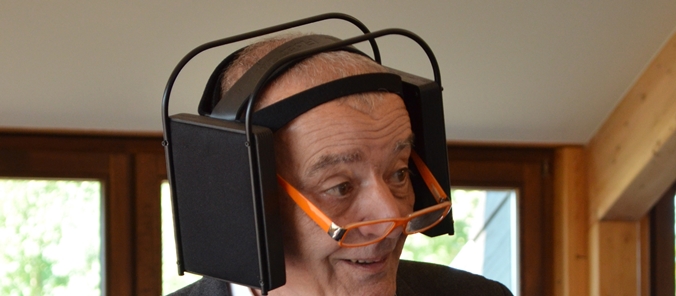
The company's history is a typical example of a situation where management problems kill bold and talented projects from an engineering point of view, and not the desire to use familiar marketing tools leads to dire consequences for the company. The manufacturer, which the world first recognized as MB, is today called German MAESTRO, considered a little-known brand that is positioned as a premium. The company makes headphones, headsets, all kinds of car audio and home speakers. An interesting feature of German MAESTRO is the fact that at a relatively low cost of the devices they produce, they managed to keep production in Germany and not transfer the capacity to China.
Start
The history of German MAESTRO began in 1962, when the company MB (Mikrofonbau) was founded, which produced OEM products. The main products were microphones and headsets, as well as headphones, which were produced under brands such as Telefunken, Grundig and ITT. The founder of the company is considered an ambitious entrepreneur Mr. Kautz, who joined forces with brothers Ehmann and Herbert Haun, who had recently left Beyerdynamic.
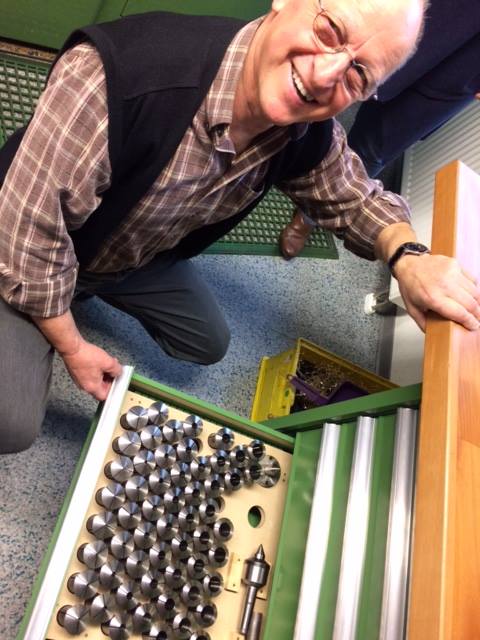
Very soon, executives realized that launching products under their own brand could bring more tangible benefits. In 1966, headphones and headsets were released under the MB brand. This is not to say that the first release of its own devices was wildly popular, meanwhile, they found their customers and allowed the company to stay afloat.
The electret revolution and the failure of the answering machine
It was at this moment that the talented engineer Manfred Schneider came to MB, with whom many significant developments are associated. It was with him that the era of active development of new types of dynamic and condenser microphones began, which became known far beyond Germany.

Throughout the late 60s and early 70s, the production of dynamic and condenser microphones made Mikrofonbau one of the national leaders. They were far from the volumes and assortment of the already iconic Sennheisers, but in the studios their products were valued no less, and sometimes even higher, than competing giants. Stable demand allows the company to develop rapidly, but the unexpected happens. In 1974, electret microphones appeared on the European audio market. By 1975, they have significantly squeezed the rest of the types.
MB made predominantly dynamic microphones, accounting for about 70%. It was this type that began to be temporarily replaced from the market by electret ones. The rapid reorientation of production fails and a large number of orders are lost. In a desperate attempt to stabilize the situation, the company takes on the creation of an answering machine for Grundig, but due to the specificity of the task, it again fails. So in 1975 MB went bankrupt, laid off half a thousand workers and was preparing to sink into oblivion.
First renaissance and flat form factor
Also in 1975, the Danish speaker manufacturer Peerless appears unexpectedly, acquiring MB, thus saving the remnants of production and personnel. Production resumes under the new name Peerless Mikrofonbau (Peerless MB). By 1976, the number of staff grows from a crisis of 30 employees to 100 people. The company develops and implements one of the first orthodynamic emitters in Europe, the emitter appeared in the OEM products of Dual, Denon, Goodmans, Saba and Telefunken.
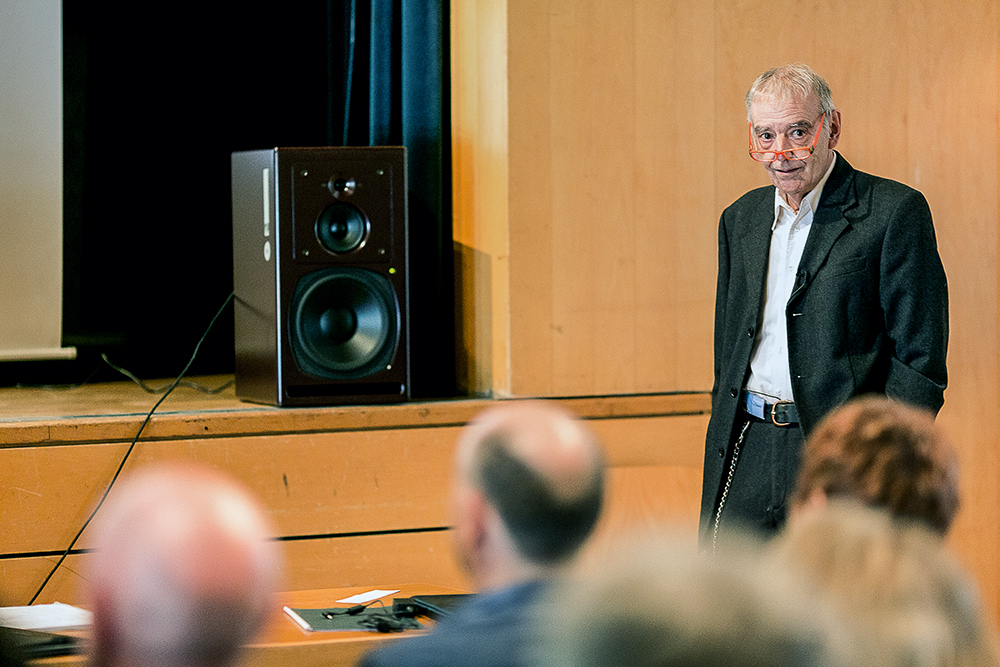
In the late 70s, Jürg Jecklin, formerly the chief sound engineer for Swiss radio, joined Peerless MB. As a talented inventor, Jürg Jecklin has implemented a number of daring and innovative projects for the company. Thus, the specially designed Jecklin Float headphones were developed, as well as the Jecklin Disc system for binaural recording with acoustic shadow emulation, also known as OSS (Optimal Stereo Signal), ahead of its time. The system included two omnidirectional microphones located at a strictly defined distance from each other and placed at a certain angle. The so-called acoustic disc used to create an "acoustic shadow".
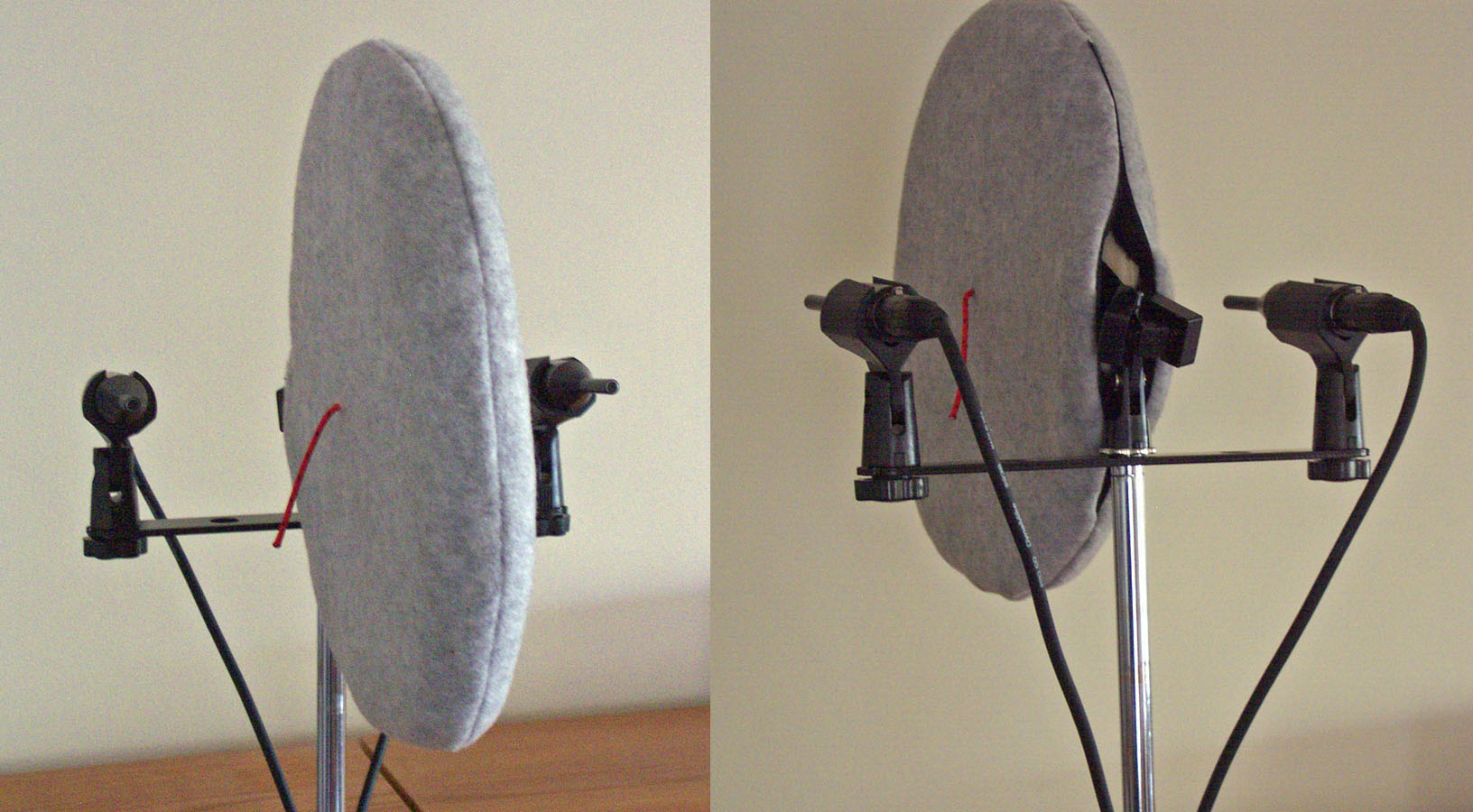
MB Peerless was a unique company that simultaneously developed dynamic, electrostatic and orthodynamic sound transducers, most of which were created for different models and incorporated into Jecklin Float flat headphones. For example, the PMB 1000 and PMB 500 electrostatic headphones were produced with a Jecklin Float design. These headphones have become one of the symbols of fidelity to the reproduction of their time. Later, due to the unusual shape, photos of people in them from advertising brochures became the image of a demanding audiophile and turned into a meme.

Orthodynamic PMB 100 and dynamic PMB85, PMB85 Dual Action and Silvertone SL were produced in the same form factor. It is also important to note that the Dual Action and Silvertone SL models were among the first mass-produced 2-way headphones.

80s speakers, car audio, MB Quart
By 1983, Peerles had achieved everything it wanted in the European market and sold all divisions of the already fairly grown Peerles MB, the German company Alfred Gotz. The buyer actually returns the historical name of the company and since the 83rd the company is called MB-Electronic GmbH. At the same time, some reorientation takes place and the company begins to produce the first acoustic systems for home and cars in its history.

It was not the systems themselves that became legendary, but one of the emitters - a titanium tweeter. By this time, the outdated name of Peerless products was changed to Quart. There is information that the Japanese vendors supplying products to the market of the Land of the Rising Sun were unhappy with the name, which was obviously dissonant for the Japanese. To change it, the already familiar letter combination MB was added to it (it turned out MB Quart). In 1989, the name was significantly increased: MB Quart Akustik und Elektronik GmbH.
Depression of the nineties and zero
In 1992 Alfred Gotz left the company and took over the management of Dr. Busch. At this point, MB Quart abandons the production of microphones. Due to the ambiguous policy of the new head, one of the founders, Herbert Haun, leaves the company. He buys part of the assets and establishes a new company based on the old MB production, which exclusively manufactures MBHO microphones, which stands for Mikrofon Bau Haun Obrigheim. The company has been successfully operating to date.
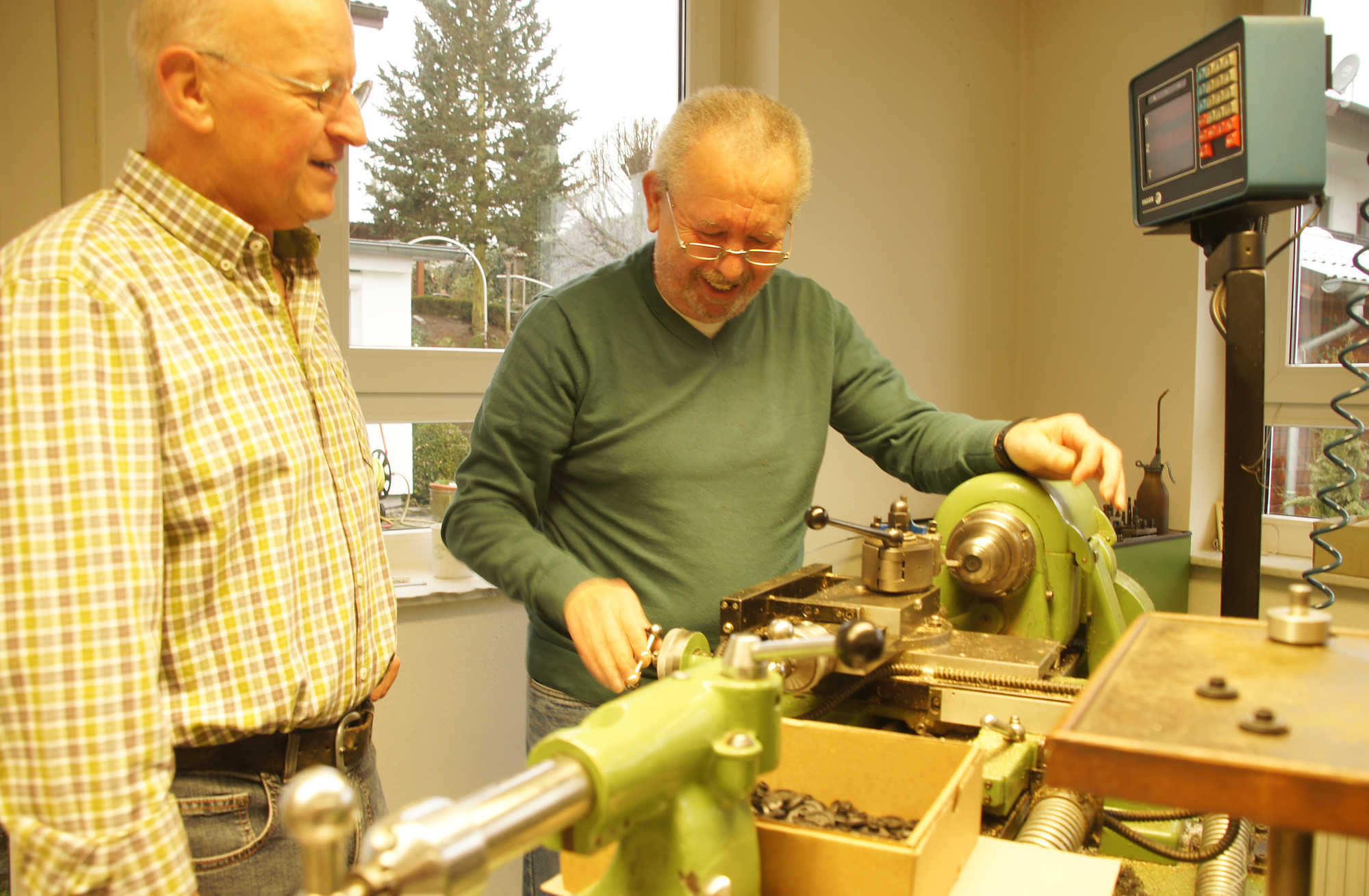
The nineties are the most inglorious and darkest period in the history of the company. Demand is irregular, the range of products changes frequently, the number varies depending on the financial situation. Competition with more successful Japanese companies and European brands, whose products are often inferior to those produced by MB Quart, but cheaper and better known, is becoming a serious problem.
By 2001, the company was sold again, and Rockford Fosgate became the buyer. New solutions again concern mainly acoustic systems, old options are recognized as low-profit. A new series is being hastily developed - VERA.
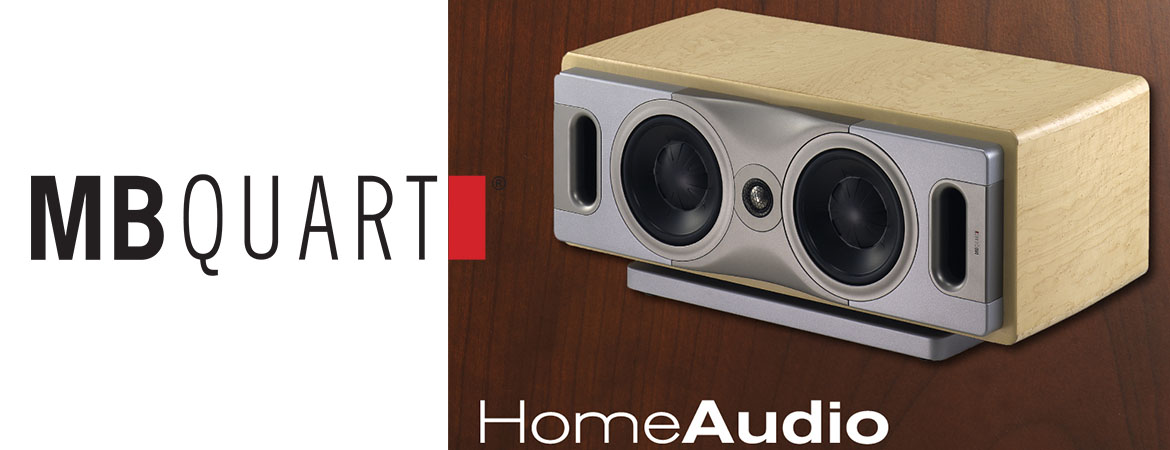
The line of headphones and headsets is not touched, due to the fact that at the end of the 80s they are in small but stable demand, and it is extremely difficult to improve anything in them qualitatively, as well as to significantly reduce the cost without a tangible loss in quality.
Despite attempts at reorganization, reengineering and halving, in the fall of 2004 Rockford Fosgate abandons MB Quart due to another bankruptcy of the company. The following year, Maxxsonics USA becomes the owner of the company. The Maxxsonics GmbH is formed in Germany. However, the company goes bankrupt again after 2 years, in 2007.
New renaissance
In an effort to keep costs down, Maxxsonics USA, following the example of the vast majority of companies, is relocating MB Quart production to China. A year later, in 2008, the vast majority of the company's employees leave it, but top management and engineers, with the help of a private investor, buy the assets of the former MB Quart, and hastily return production to Germany in Obrigheim. The company once again changes its name and becomes German MAESTRO.
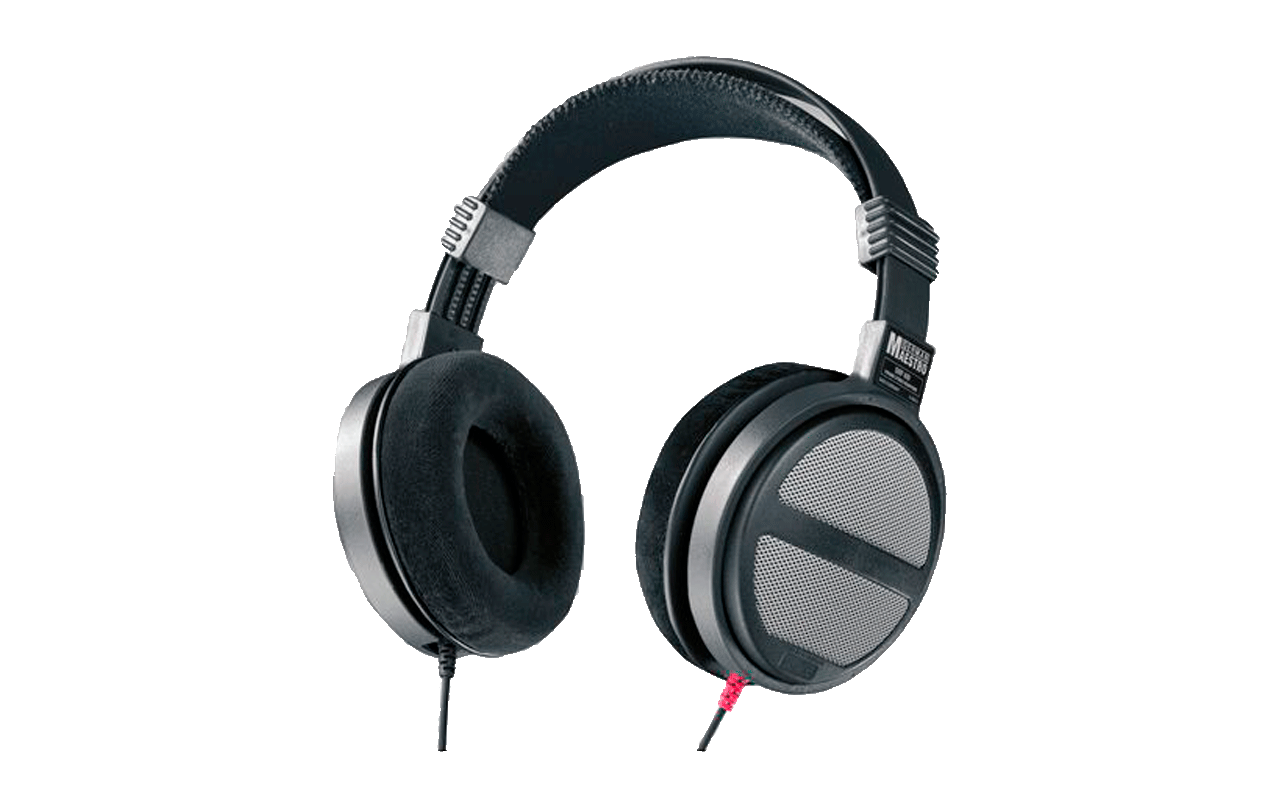
The company still exists in this state. If we talk about car audio, then its assortment was last updated in the 90s, and headphones, with minor modifications (ear cushions material, the introduction of a removable cable, the material of the soft part of the headband) have come down to our time from the 1980s and continue to be in limited demand. A characteristic feature is a durable plastic that does not break under significant stress.
I can't say anything about the current quality of their products, but I used the QUART PHONE 45x 1989 headphones until April 2020 and did not really want to change, even tried to repair a broken headband (new ones are not on sale, despite the manufacturer's assurances that that they want to support previously purchased goods) so as not to look for new ones.

I would be grateful for opinions on the problems of the company and its limited popularity, with, without exaggeration, a cult past. Perhaps someone knows more about the fate of their products. their company's headphones are hard enough to find in the last 3 years, and the site looks like it hasn't been changed since 2008.
Jeans:
Unfortunately or fortunately, we do not have german maestro headphones in our catalog , but you can buy a wide variety of electronics: TVs, speakers, headphones, soundbars and much more.